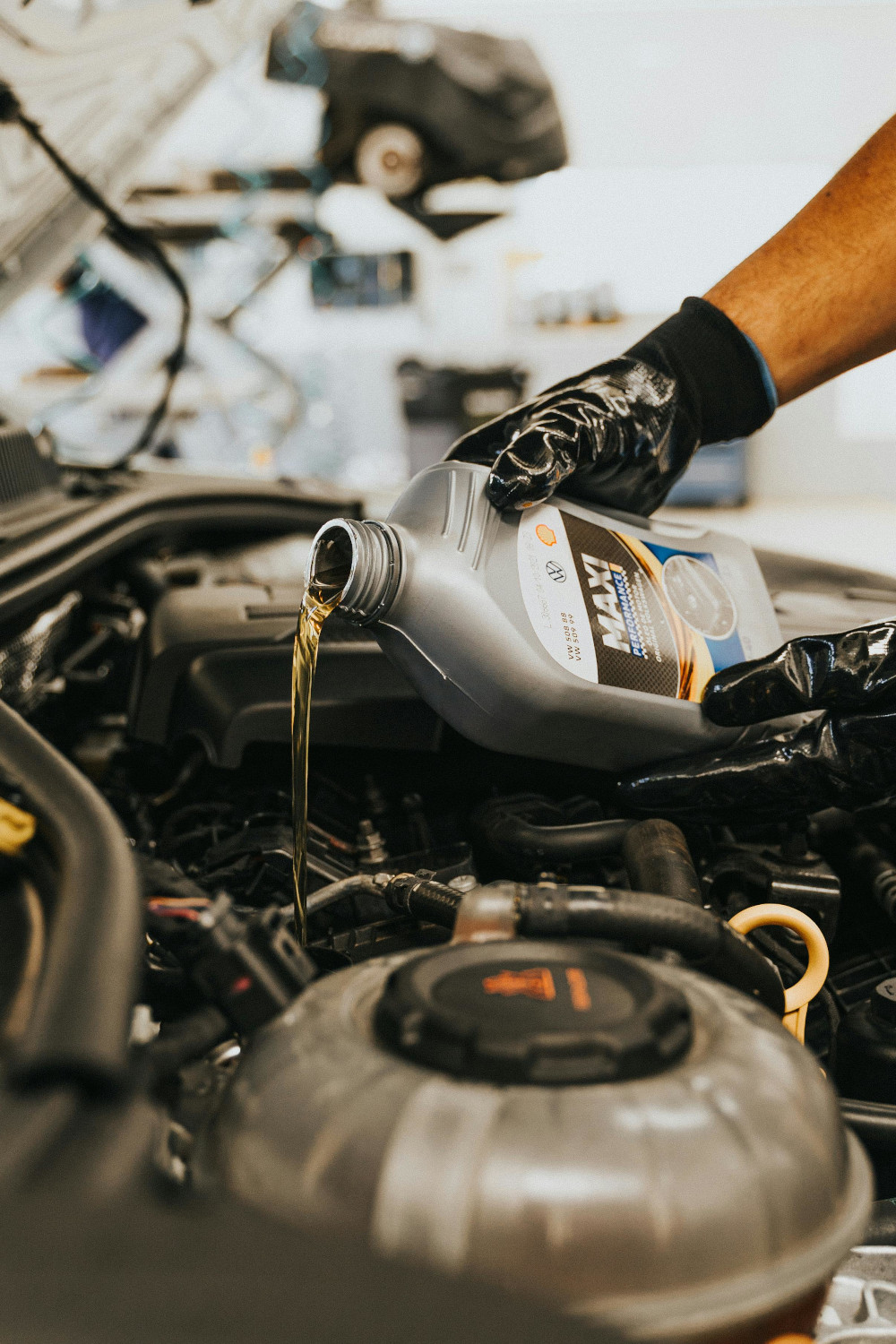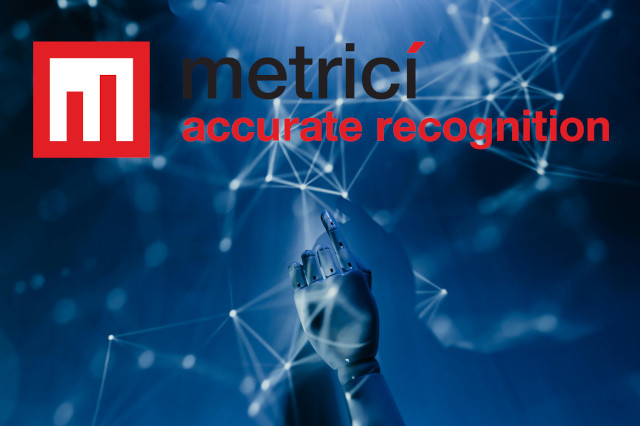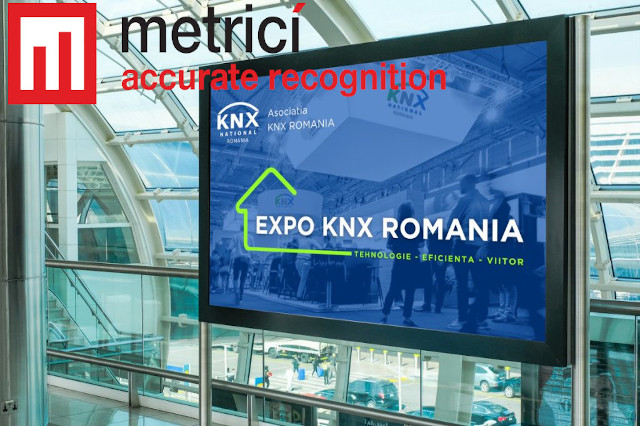- home
-
Products
- Products
- Metrici Custom Applications
- Metrici LPR
- Metrici LPR Parking Module
- Metrici LPR Toll Station Module
- Metrici LPR Weighing Module
- Metrici PPD
- Metrici Area Counter
- Metrici Line Counter
- Metrici QR Code Reader
- Metrici Container Code Recognition
- Metrici Thermal Analyzer
- Metrici Car Kit
- Metrici Server Systems
- Metrici Observer Radar
- Metrici LED Display
- Metrici MultiController
- Metrici LAN Controller
- case studies
- Applications
- Resources
- news
- videos
- Contact
Auto Service Applications
Integrating License Plate Recognition (LPR), Line Counters, Area Counters, Vehicle Classification, QR Code Readers, and special DNN training for object recognition in the auto service and automotive industry can revolutionize operations. Below is a step-by-step framework for deploying and integrating these technologies, including how they interact and trigger one another:
License Plate Recognition (LPR)
Automated Entry & Exit:
Fleet Management:
In production or logistics areas, LPR helps track fleet movement and ensures only authorized vehicles enter sensitive zones.
Line Counter (People or Vehicles Crossing a Virtual Line)
Monitoring Service Queue:
Count vehicles coming or are in the service bay to monitor real-time queue length and service turnaround times.
Production Tracking:
Track vehicles crossing specific checkpoints on an assembly line, ensuring that production stages are completed as scheduled.
Logistics Flow:
Count trucks or vehicles moving in and out of a loading dock, optimizing logistics management.
Area Counter
Crowd Management
Track the number of customers in waiting areas to ensure comfort and avoid overcrowding.
Vehicle Distribution:
Monitor how many vehicles are parked in specific zones (e.g., service bays, finished goods areas or parking lots) for better space utilization.
Safety Compliance:
Ensure restricted zones (e.g., where heavy machinery operates) are free of unauthorized personnel.
Vehicle Classification
Service Prioritization:
Automatically classify vehicles (e.g. small car, SUV, small or big truck etc) to allocate service bays or determine pricing based on vehicle type.
Work Course:
Retrieve customer details, assign service bays and trigger an LED display to welcome the customer with their name and service status
Weight Compliance:
Ensure heavy vehicles comply with weight or size restrictions in loading docks or manufacturing plants. Integrate with Metrici Weighing Module
QR Code Reader (Using Video Analytics)
Inventory Management:
Use QR codes to track auto parts, tools, or finished vehicles. Video analytics software can scan these codes from moving or stationary items.
Service Verification:
Scan QR codes to link them with the vehicle being serviced, ensuring accuracy in billing and parts allocation.
Customer Self-Service:
Show customers real-time updates on their vehicle status or QR codes to access manuals, invoices, and service history.
Integration with Management Software
Defect Detection:
Custom-trained DNN models can identify defects on vehicle parts (e.g., scratches, dents, or misaligned components) during production or service.
Centralized Data Management:
Integrate video analytics with ERP (Enterprise Resource Planning) systems for streamlined reporting, inventory management, and workflow tracking.
Real-Time Alerts:
General Applications
Use Cases in Auto Service or Auto Industry
Customer Service:
Production Monitoring:
Logistics and Storage:
Parking Lot Management:





